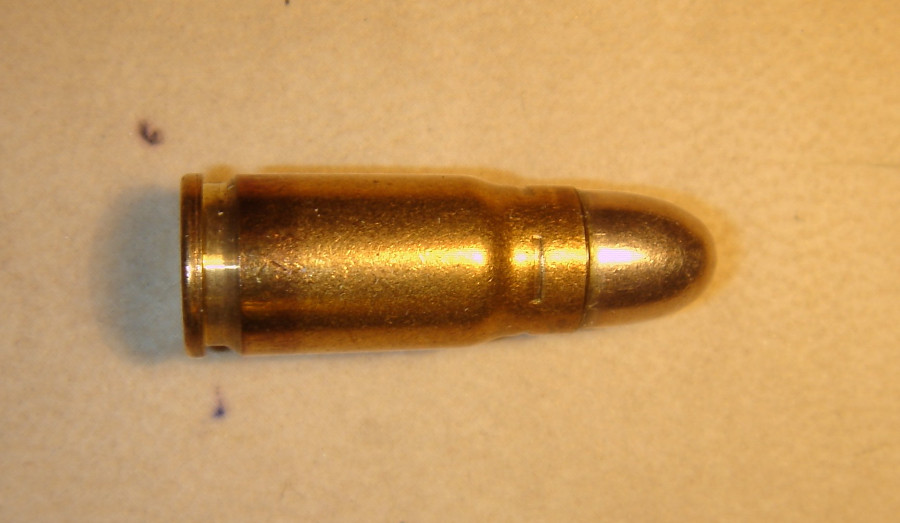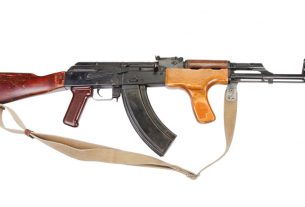Despite the recent ammunition shortage, we live at a time in which firearms owners have perhaps more options than ever before. And when common calibers are unavailable, sometimes less common ones remain on the shelves. Among those is the .30 Luger.
If that name sounds familiar, or if you think it has something to do with the 9mm Luger, you’re right. The 9mm Luger was developed from the .30 Luger, a.k.a. 7.65mm Luger, a.k.a. 7.65x21mm Parabellum, which itself was derived from the 7.65x25mm Borchardt, the grandfather of cartridges in this class. By necking up the .30 Luger to 9mm, Georg Luger created one of the most popular handgun cartridges in history. But while the 9mm Luger lives on today, the .30 Luger has been almost lost to posterity.
Almost, because there is still a little bit of interest in these old-time bottlenecked handgun cartridges. Thanks to interest in older Luger pistols, as well as the continued importation of handguns chambered in 7.62x25mm Tokarev, ammunition from this family (.30 Luger, .30 Mauser, 7.62 Tokarev) is still produced and readily available. For those who want to be simultaneously up to date and anachronistic, you can even get .30 Luger barrels for your Glock 17 and Glock 19 pistols, enabling you to carry 15, 17, or up to 33 rounds of this old cartridge.
While the .30 Luger performs adequately, and was once a standard military service cartridge in Switzerland and Finland, its performance, as you would expect, is not quite as potent as its larger 9mm cousin. The original performance of the .30 Luger saw a 93-grain bullet leaving the muzzle at 1,200 feet per second, for about 300 foot-pounds of muzzle energy.
Current handload data from Western Powders indicates that the .30 Luger can push the 100-grain Speer Plinker bullet to nearly 1,300 feet per second, and the 90-grain Hornady XTP to 1,338 feet per second, for 350-370 foot-pounds of muzzle energy. That makes it a fairly effective self-defense cartridge, although the muzzle energy falls behind the 400-450 foot-pounds of the 9mm +P and the 450-500 foot-pounds of the 9mm +P+ loadings.
With most obscure cartridges, price and availability are not on their side. But in unusual times like these, the .30 Luger is both more available and cheaper than 9mm Luger cartridges. The cheapest 9mm Luger cartridges currently listed on Ammoseek are 60 cents apiece, versus 50 cents apiece for .30 Luger. So as much as it’s nice to standardize on popular, easily available calibers such as 9mm, .45 ACP, 5.56 NATO, etc., sometimes it’s helpful to own firearms chambered in obscure calibers, because you’ll be able to find ammunition for them when all the more popular calibers are sold out.
The .30 Luger is also a relatively simple cartridge to handload although, like other bottlenecked handgun cartridges, cases have to be lubed before sizing as with rifle cartridges. Bullet selection is also limited, but that’s not necessarily a bad thing, and the 90-grain Hornady XTP should be perfectly adequate for personal defense or hunting small game. Because of the bottlenecked shape of the cases, the .30 Luger should feed easier than straight-walled cartridges, and it’s going to be a little more forgiving about case length when it comes to feeding and headspace as compared to straight-walled cartridges.
Most firearms chambered in .30 Luger are going to be older Luger-type pistols, or perhaps a few SIG P210s. And while they’re perfectly fine service pistols, they’re highly desired by collectors and quite expensive, not exactly the type of pistol you’re going to use as your boogaloo yeet cannon. But if you’re one of those people who have a Glock or other modern pistol chambered in .30 Luger (c’mon, you know you want one), and you’re able to stock up on ammunition and reloading supplies, you could certainly do worse than the .30 Luger when it comes to a handgun caliber for your survival armory.
Image: Quickload
This article was originally posted on Red Tea News.





